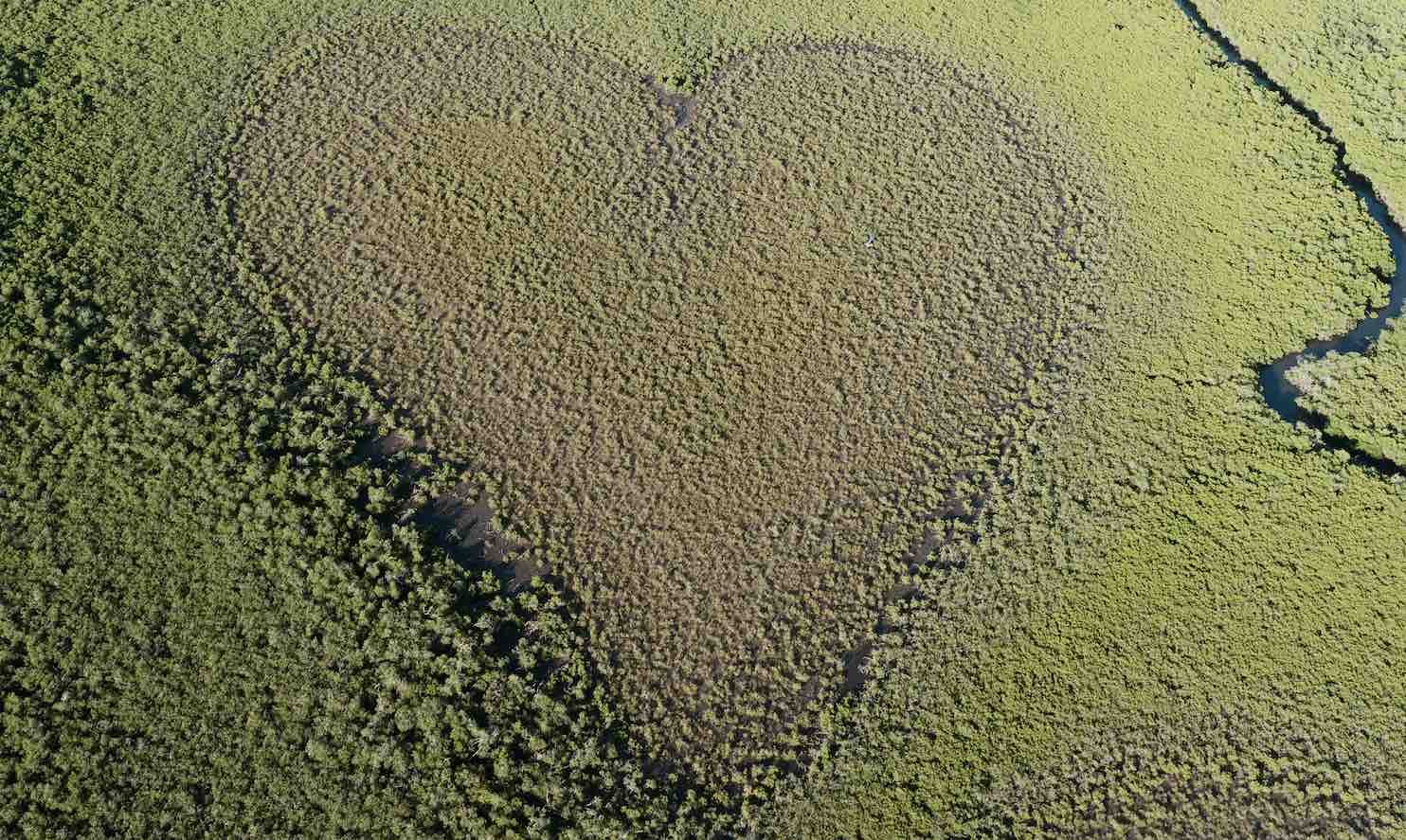Although Valentine’s Day is usually recognized as an excuse to spend money on flowers, chocolates, and gifts for that special someone, a unique way to celebrate for those more intrepid lovebugs out there might involve traveling to some of the most romantic locations in nature, where naturally formed heart-shaped features exist.
Several heart-shaped lakes, islands, and other features can be found in various places around the world, many of which exist in some of our planet’s most remote corners. Here, we’ll look at a few of the most striking natural heart-shaped formations that Mother Nature has afforded us, and in at least a few cases, how visitors can access those that are open to the public.
Otok Galešnjak
Google Maps Coordinates: 43.97842254532413, 15.383254114408913
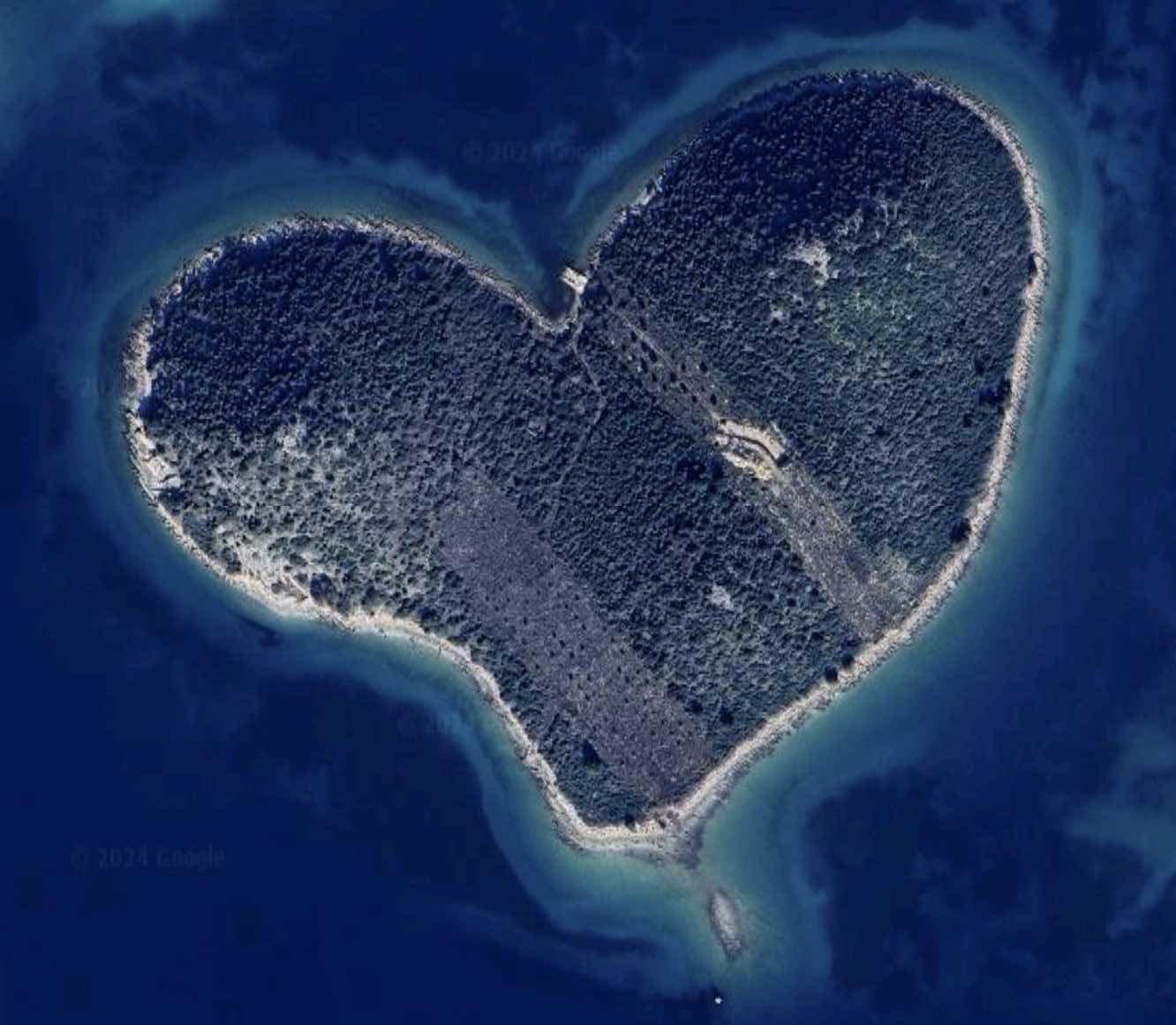

Galešnjak is a privately owned island in the Pašman Canal of the Adriatic Sea near the town of Turanj, Croatia. Featuring two peaks and a 1.5 km long beach, the island is owned by the Jureško family, who live on the nearby island of Pasman; the only other current residents on Galešnjak are the rabbits and pigeons that have made it their home, along with the island’s diverse flora.
Evidence of past human activity on Galešnjak exists in the form of archaeological finds that include Illyrian burial mounds found on the island, as well as the remnants of the foundations of an ancient building.
Charles-François Beautemps-Beaupré, Napoleon’s famous cartographer, was first to document the island’s peculiar shape in his 1806 atlas of the Dalmatian coast. However, the location wouldn’t receive significant international attention until February 2009, when Google Earth featured it as one of several similar heart-shaped natural features around the world.
Trnovačko Lake
Google Maps Coordinates: 43.25180672629023, 18.72624704089641
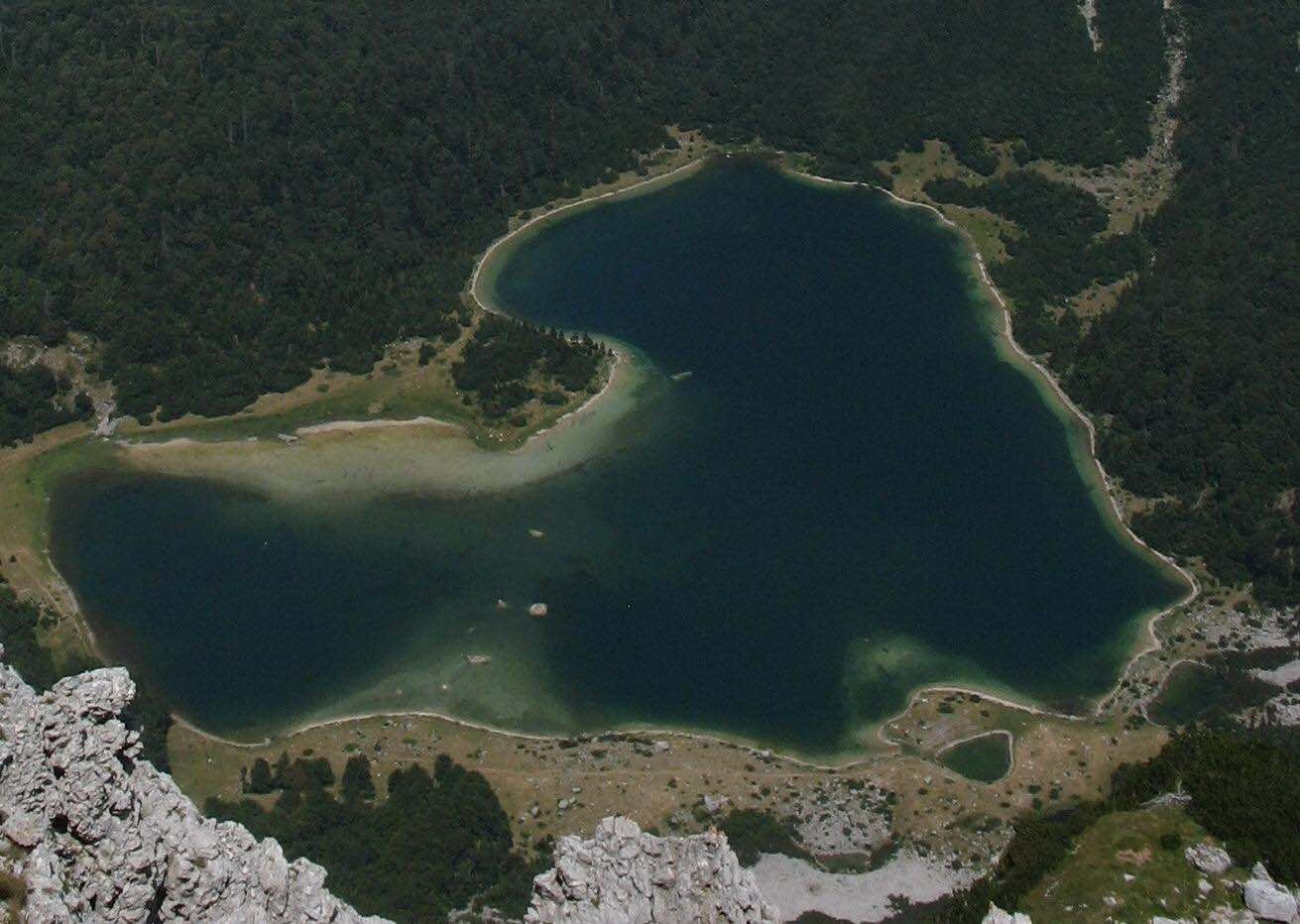

Located in western Montenegro close to its border with Herzegovina and Bosnia, Trnovačko Lake is a remote glacial lake that rests in a basin surrounded by several of the country’s steep mountains.
At around 1,517 meters above sea level, Trnovačko is located within Montenegro’s Durmitor National Park, and with no roads that lead directly to it, the lake is remote enough to make finding it a challenge, although hikers often do undertake the nearly six-hour trek to see the lake’s unique heart shape.
Lough Ouler
Google Maps Coordinates: 53.06056735422414, -6.3732594228010075
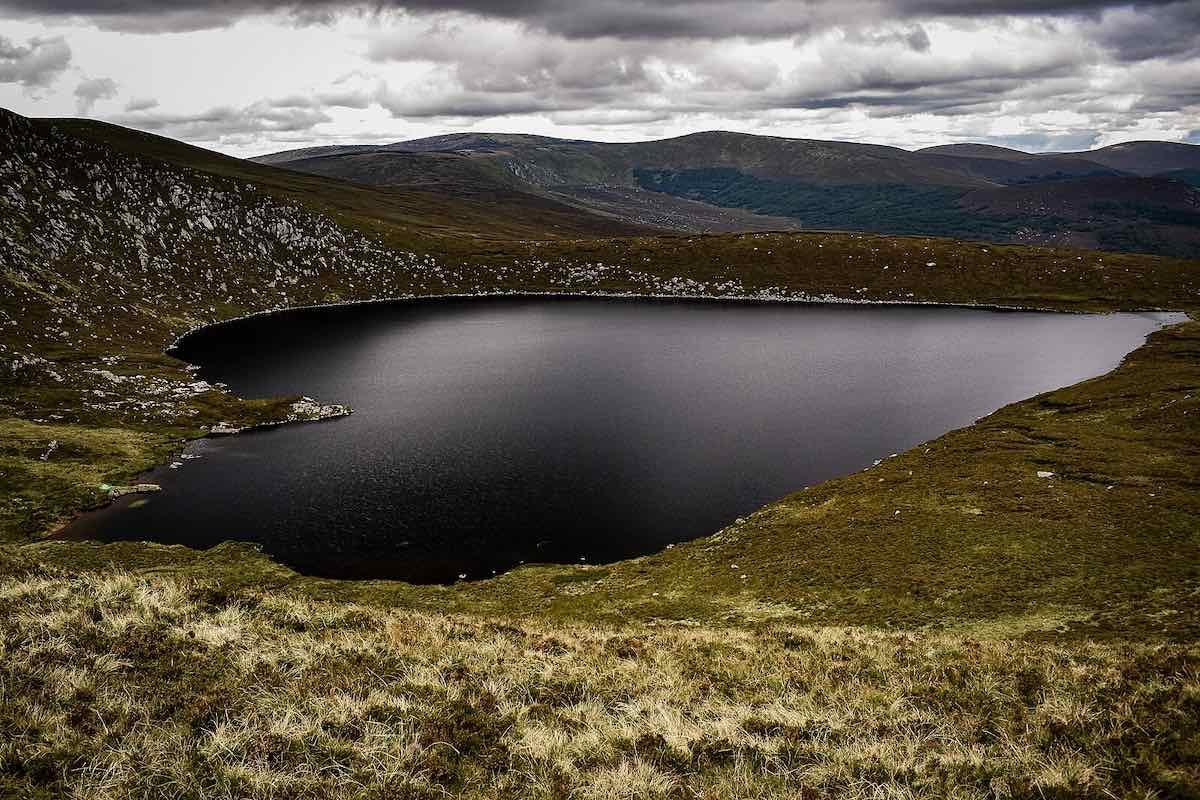

Found in Ireland’s County Wicklow, Lough Ouler is another heart-shaped body of water that rests in the shadow of Tonelagee, the country’s 25th tallest mountain peak.
Lough Ouler rests in Tonelagee’s deep northeastern corrie, a beautiful valley with a naturally-formed amphitheater shape that was produced over time by glacial erosion. Unlike several other natural heart-shaped features around the world, Lough Ouler makes for an excellent hiking destination during a quick day trip from Dublin.
Heart of Voh
Google Maps Coordinates: -20.937533320471708, 164.65841021967353
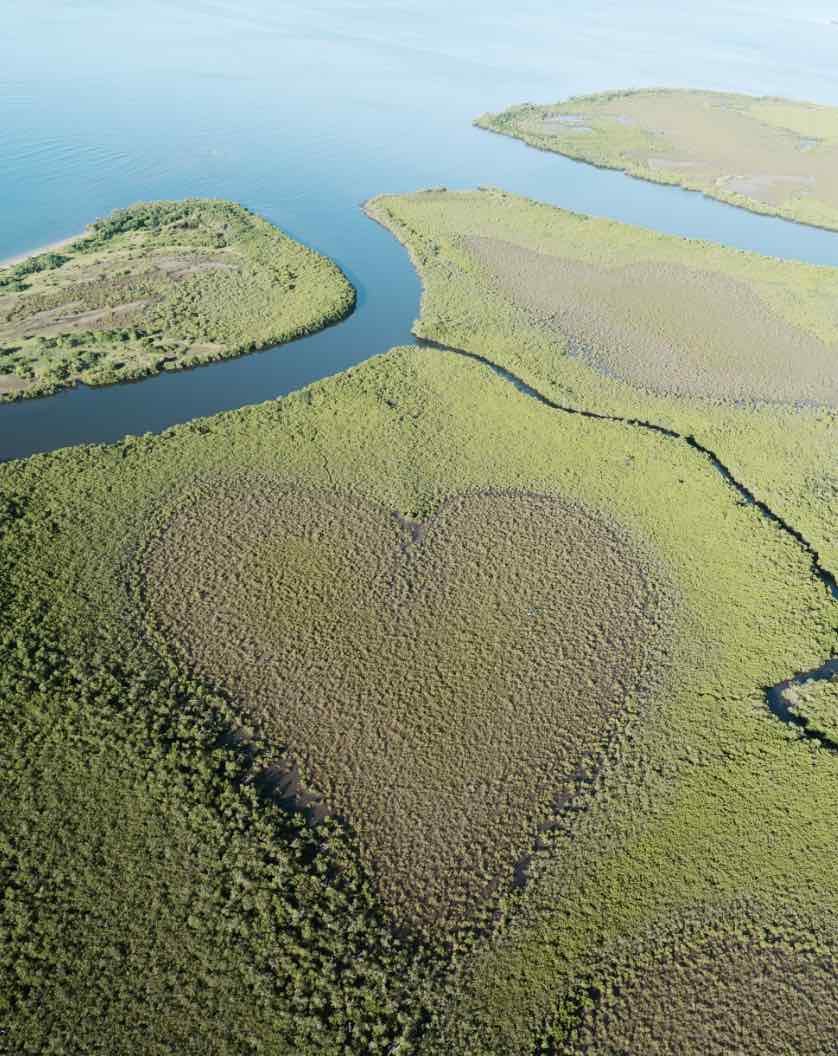

One of the most impressive natural heart-shaped features on Earth, the Coeur de Voh (Heart of Voh) is a massive formation of vegetation within New Caledonia’s more than 77 square miles of mangrove swamps.
The area’s famous heart first became famous after images of it captured by photographer Yann Arthus-Bertrand were featured on the dust jackets of his books The Earth from the Air and Earth from Above. The heart’s shape is actually outlined by over-salinized stretches of land, known as tanne, which reduce the amount of vegetation growth.
Spirit Lake
Google Maps Coordinates: 46.26449683176185, -122.14663910569882
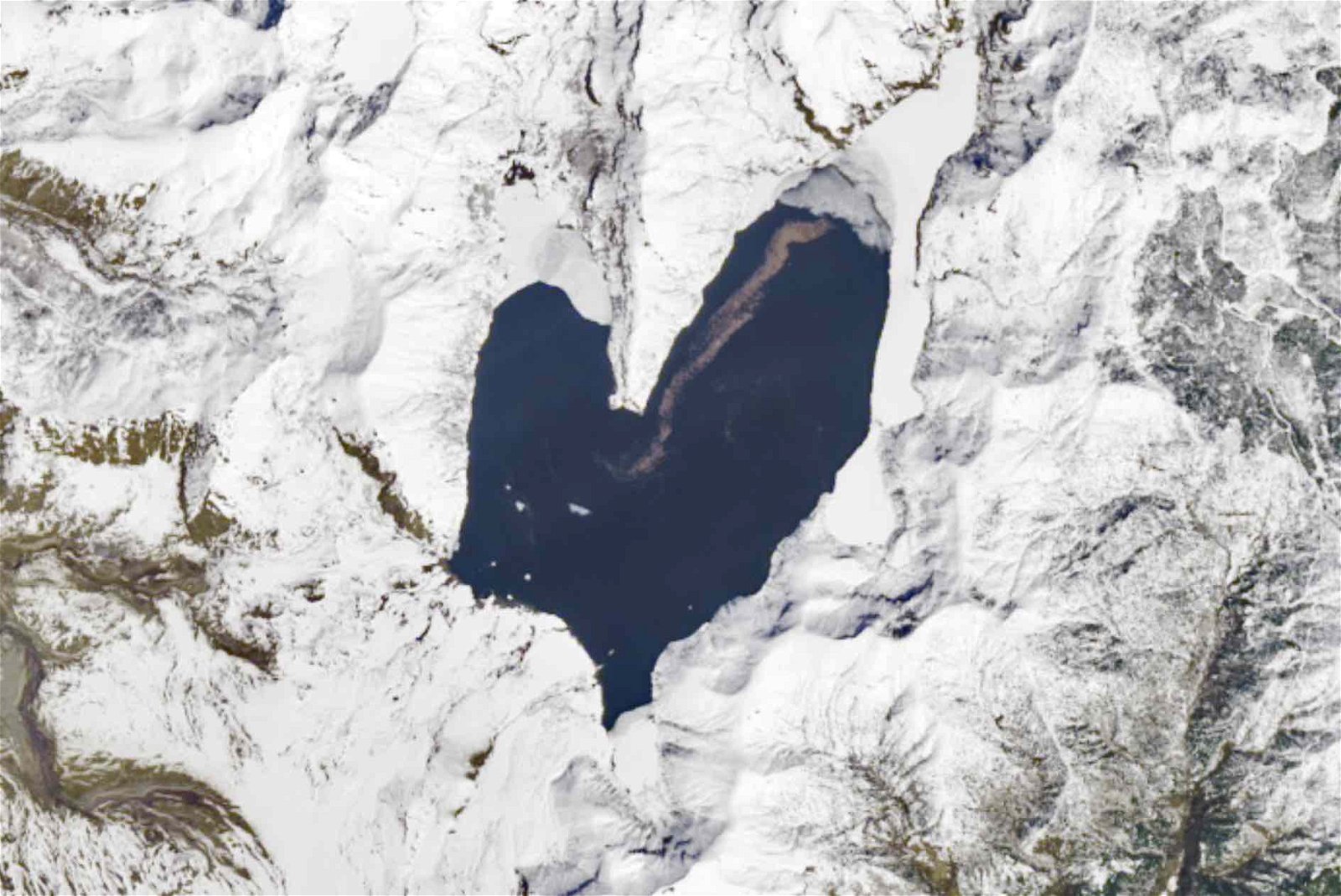

South-central Washington’s Spirit Lake is a unique example of among heart-shaped natural features, since it is also technically one of the most recent additions. The lake’s current appearance results from the May 1980 eruption of Mount St. Helens, during which water in the lake was temporarily displaced, leading to the formation of a “new” lake atop the debris that filled the original body of water following the eruption.
Once a popular tourist site, public access to the lake is now limited, which allows it to be preserved as an ongoing study of the landscape’s recovery in the aftermath of the eruption. The images above were acquired last April with NASA’s Landsat 8 Satellite, providing one of the most up-to-date images of the lake’s new heart-shaped appearance, which it possesses more or less at various times of the year depending on its water levels.
Obviously, the destinations in this Valentine’s Day list are just a few of nature’s naturally heart-shaped locales that are found around the globe, but they may offer at least a few romantic ideas for future Valentine’s Day celebrations for those with an adventurous spirit.
Micah Hanks is the Editor-in-Chief and Co-Founder of The Debrief. He can be reached by email at micah@thedebrief.org. Follow his work at micahhanks.com and on X: @MicahHanks.
